Upstate New York music legend and producer Tony Markellis has played with the likes of David Bromberg, Jo Henley, Paul Butterfield, The Mamas & the Papas, been a member of The Unknown Blues Band and is the current bassist for Trey Anastasio Band.
With a career spanning from his origins in Helena, Montana to his current home in Saratoga Springs, NY, Markellis has spent the past forty-plus years playing a wide variety of music, including jazz, folk, rock, country and blues music, including appearances on nearly 100 albums in his storied career. Tony was kind enough to sit down for an interview after meeting at the Soule Monde show at Putnam Den on May 12, 2011 and discuss his bass playing and local musical impact.
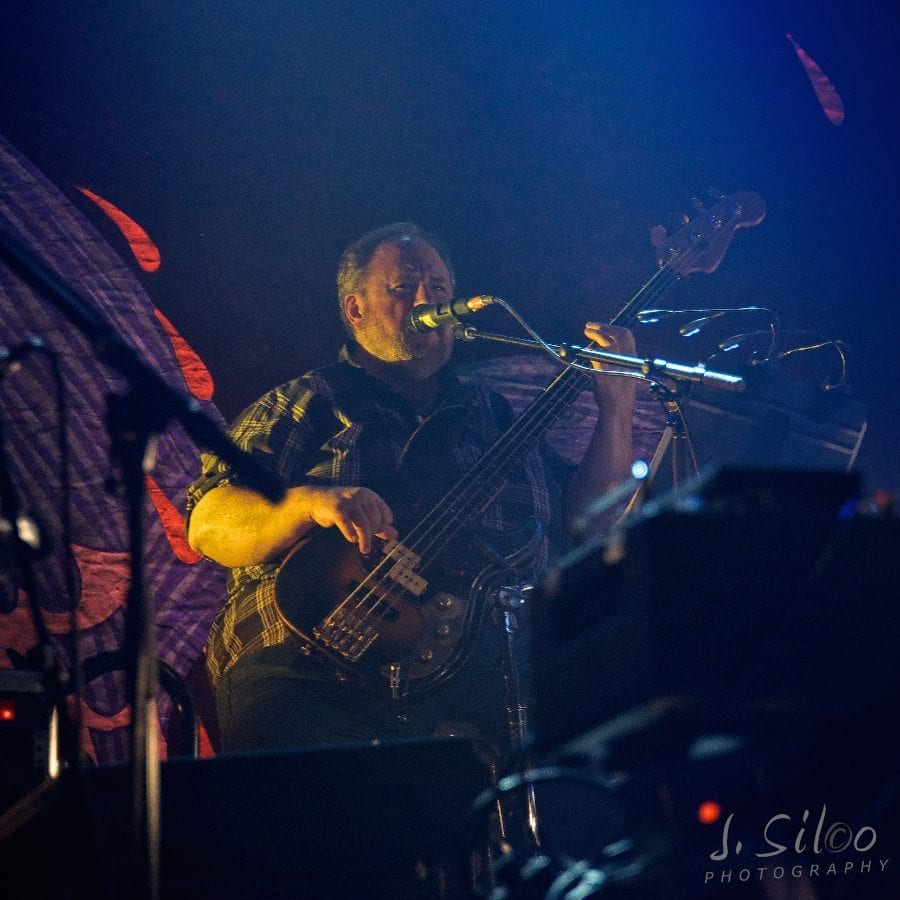 Pete Mason: What is it like being one of the most famous local music celebrities in the Saratoga area? How has your status as a musician evolved over the years living in the region?
Pete Mason: What is it like being one of the most famous local music celebrities in the Saratoga area? How has your status as a musician evolved over the years living in the region?
Tony Markellis: I really don’t think about it much. I live a pretty private life, and for the most part, I come and go without much notice when I’m not in a professional setting. I don’t think most of my neighbors know what I do for a living, and I tend to prefer it that way.
PM: What is it like playing with guys like Russ Lawton and Jo Henley?
TM: Playing with Russ is a real pleasure. We’ve known each other for over thirty years, and I’ve been a big fan of his playing since I first heard him playing with Zzebra (a Vermont based Afro-fusion band led by Nigerian musician Lofty Amao, formerly of Osibisa). My band, Kilimanjaro, was losing drummers just about every five years. Every time that happened, I would recommend Russ as a replacement, but the timing was never quite right– even back then he was in high demand! When Trey called me up to start what became TAB, I couldn’t think of a better drummer for the project than Russ. My one and only regret about Russ is that he’s a strict vegan, and I’m definitely not. Wherever we go, I’m always in search of the local equivalent of a goat roasting on a spit, or just about any cuisine that involves a combination of immigrants, meat and fire. As you can imagine, we don’t get to share many dining adventures.
I’m glad you know about Jo Henley. I got introduced to them about five years ago when they were recording their CD Sad Songs and Alcohol in Schenectady, NY. They happened to be between bass players at the time. The engineer mentioned that I lived in the area, and the guys knew me from my work with TAB. It worked out well, and I even played out with them for a while. I went on to do their next CD, Inside Out, as well (which also included Russ Lawton and Ray Paczkowski from TAB). Jo Henley has just released a very autobiographical new CD called Mohawk, which is a great representation of how the current working band sounds with their new bass player and drummer.
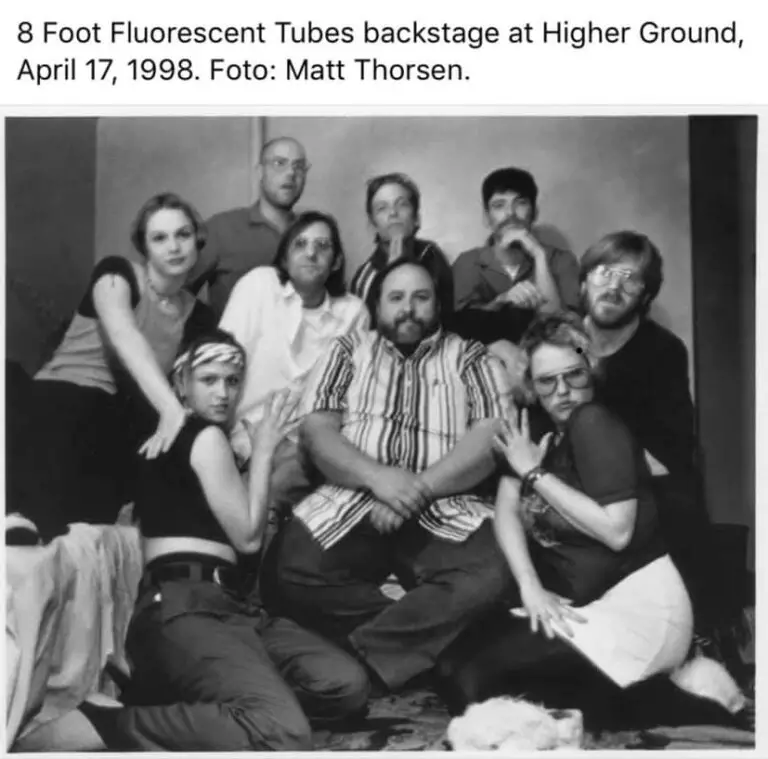 PM: You play a wide variety of music. Where does this interest and ability come from and do you have a style that you prefer to play above all others?
PM: You play a wide variety of music. Where does this interest and ability come from and do you have a style that you prefer to play above all others?
TM: I’ve always had varied interests– not just in music, but in everything. Life’s just too short to think that only one type of anything is good. As a college kid in Ann Arbor, I got to start playing with some living legends like blues singer Johnny Shines and singer/songwriters like Paul Siebel and Rosalie Sorrels. After that, I worked for years with people like David Amram, David Bromberg, Kilimanjaro, the Mamas & Papas and Paul Butterfield, just to mention a few. I also got some great opportunities to play once in a while with people like Professor Longhair, Martin, Bogan & Armstrong, Ellen McIlwaine and Nick Brignola. I have played almost every form of American music in one context or another, and I hope I can continue to do that for a long time to come. I have to agree with Duke Ellington that there are only two kinds of music– good and bad.
PM: Can you talk about the group of talented musicians in the Saratoga area?
TM: There are so many great musicians in the Albany/Saratoga area who I am fortunate to have worked with at one time or another. I have a couple of great singer/songwriter friends, Michael Jerling and Bob Warren, who I have been playing and recording with for about thirty years. I’ve played Mexican and cowboy music with Don & Victoria Armstrong on and off for the same period of time. They have migrated back and forth between Saratoga and the Southwest for as long as I’ve known them. For the past ten years or so, I have worked with a great roots/blues trio called No Outlet (with Kevin Maul on slide guitar and vocals and Dale Haskell on drums and vocals). For about the same amount of time, Kevin and I have been traveling and recording with the Burns Sisters, a wonderful three-sister country/Americana act out of Ithaca, NY. I worked with the Sarah Pedinotti Band (now Railbird) for a couple of years, and for the past couple of years have been playing in an intense roots/blues trio called Street Corner Holler with Dale Haskell and slide guitarist Mark Tolstrup. For a few years, I had the pleasure of playing with Albany songwriter Rosanne Raneri, who just might be the best singer I’ve ever heard.
PM: What kind of bass do you play?
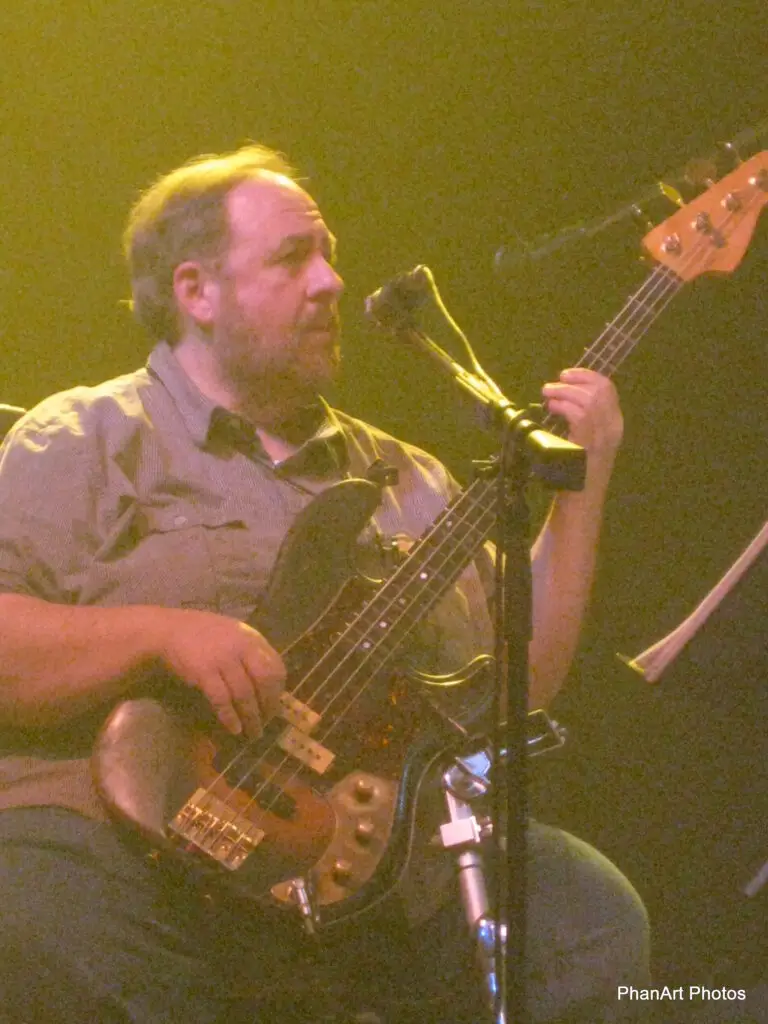
TM: I have a number of basses that I use, depending on what the gig demands. I have two almost identical P-J basses (combining features of the classic Fender Precision and Jazz basses), one fretted and one fretless, that I assembled myself out of parts from various makers. The fretted one is the one I generally use when I play with TAB. I have a fretless Taylor AB-1 acoustic/electric bass guitar that I use on a lot of singer/songwriter, jazz and bluegrass gigs. I have an Eminence Portable Upright that I use on some blues and jazz gigs. And I have a couple of headless Hohner basses that sound great and are wonderfully easy to transport– I can carry them on a plane and put them in the overhead rack.
PM: How did you get into playing the bass?
TM: I began playing upright bass in the third grade in my grade school orchestra in Helena, Montana. The music teacher gave us a choice of which instrument we wanted to play, and for some reason, the bass spoke to me.
PM: Any bass influences or favorite musicians amongst your peers?
TM: From early on, I was a great admirer of Paul McCartney’s playing. Unlike most of the players who I consider influences, he was always more of a ‘guitar player playing bass’ than a bassist, but the playful fluidity of his playing was always very appealing; his playing with the Beatles is consistently brilliant. As a teenager and as a college kid, I listened to guys like Jack Bruce, Jack Cassady, Freebo, Rick Danko, Bruce Palmer and Phil Lesh, but it didn’t take me long to discover the masters– giants like Oscar Pettiford, Jimmy Blanton, Ray Brown, Willie Dixon, James Jamerson, Chuck Rainey, Duck Dunn, Jerry Jemmott, Phil Upchurch, Scott LaFaro, Eddie Gomez, Family Man Barrett and George Porter. If anyone reading this doesn’t recognize some of those names, I hope they will do themselves a big favor and go look them up. Of my contemporaries, I think very highly of Lincoln Goines, Huey McDonald, Mark Rubin, Sarah Brown, Conrad Lozano, Lee Allen Zeno, Oteil Burbridge, Victor Wooten, and of course, the late Jaco Pastorius.
PM: How did you develop your method of playing bass, seated with the bass so vertical? Is it a comfort thing?
TM: I have sustained a number of injuries over the years, the cumulative effects of which have made standing up with a bass around my neck really difficult. I was an avid and overly daring skier as a teenager, and I broke my back and one of my knees. Those injuries didn’t bother me for a long time, but they’ve both kind of snuck back up on me over the years. I also broke my collarbone as a baby. It apparently didn’t set right, and after some fifteen years of hanging heavier-than-average basses over my shoulder, I started getting pinched nerves and numbness in my left arm. About ten years ago I dislocated both ends of my left collarbone in a badly-planned home logging mishap. To top it all off, last year I was on an extremely turbulent flight on the edge of a tornado system, resulting in a case of whiplash that I’m still trying to get straightened out. With all that, a seat and a bass stand makes it a lot easier for me to do what I do.
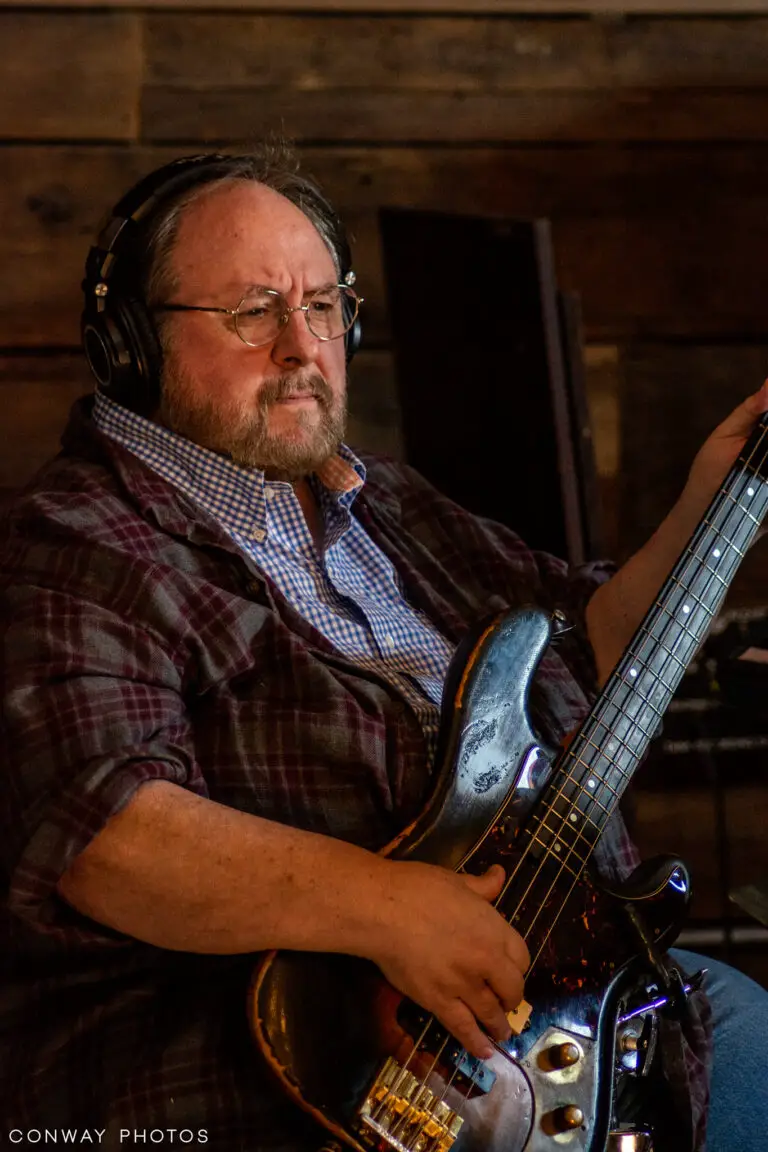 PM: How did you develop your method of playing bass, seated with the bass so vertical? Is it a comfort thing?
PM: How did you develop your method of playing bass, seated with the bass so vertical? Is it a comfort thing?
TM: I have sustained a number of injuries over the years, the cumulative effects of which have made standing up with a bass around my neck really difficult. I was an avid and overly daring skier as a teenager, and I broke my back and one of my knees. Those injuries didn’t bother me for a long time, but they’ve both kind of snuck back up on me over the years. I also broke my collarbone as a baby. It apparently didn’t set right, and after some fifteen years of hanging heavier-than-average basses over my shoulder, I started getting pinched nerves and numbness in my left arm. About ten years ago I dislocated both ends of my left collarbone in a badly-planned home logging mishap. To top it all off, last year I was on an extremely turbulent flight on the edge of a tornado system, resulting in a case of whiplash that I’m still trying to get straightened out. With all that, a seat and a bass stand makes it a lot easier for me to do what I do.
PM: What is it like going from the high energy/big crowds at a Trey Band show to your regular quieter gigs in the region?
TM: In many ways, I find it easier playing for a sea of faces than for a handful of people who are only an arm’s length away. The biggest difference, though, is that on the TAB gig, everything– transportation, business, equipment set-up, logistics– is taken care of by a very well-oiled crew of professionals. Back in the real world, I have get used fending for myself again.
PM: Is it a wind or a bug?
TM: Ah, yes– I’m afraid people will be asking that question long after we’re all gone.
PM: Seriously though, how did “Windora Bug” come about?
TM: It predates me. Knowing Trey and Tom, they were probably having an evening writing session near an open window, and heard something unidentifiable outside, raising the question, “Was that a wind or a bug?” and another classic was born. Trey’s always trying out different material in different contexts, and that’s one of those songs that I guess he had tried out with Phish, and then shelved until Russ and I came along.
PM: How did Trey first invite you to join him in the creation of the original Trey Trio?
TM: When Trey first went to Burlington to look at colleges, I was playing there with Kilimanjaro and the Unknown Blues Band at a great (now-defunct) club called Hunt’s. Trey claims that we were one of the deciding factors in making him choose to stay in Vermont. He and his girlfriend Sue came out to see us on their first date; years later, we played at their wedding. As we were watching Phish develop into the juggernaut that it is today, they were also looking to us “old guys” for inspiration. The Phish guys were also big fans of the Sneakers Jazz Band, some of whom also became members of TAB. In 1999, Trey wanted to get a side project going, and he got in touch. At the time, he was very interested in African music such as that of Fela Kuti, and I couldn’t think of anyone better than Russ Lawton, with his strong background in African beats, to recommend to Trey as a drummer for the project.
PM: Did you have any input into the evolution of the band as it went from 3 members to 6 to 8 to 9 to 10 and back to 7?
TM: I brought Russ on board– beyond that, it’s all been Trey’s doing. The process has involved Trey trying to assemble a group of individual musicians who are not only versatile enough to handle all the many styles that he might throw their way, but are also agreeable enough to coexist smoothly. And I think it’s worked beautifully– I can’t imagine a better group of not only musicians, but people, than the current TAB lineup.
PM: Describe the evolution of songs like “Sand”, “Gotta Jibboo” and “First Tube”, three of the most popular and famous TAB songs that have become full fledged Phish songs.
TM: When Russ and I first got together with Trey, he encouraged us to build some basic grooves from the bottom up, based on things we liked or had been working on individually. He then fleshed the grooves out with his own ideas. We came up with the foundations for about twelve or fifteen tunes from our first rehearsals. After we left, Trey continued to tweak ideas, eventually adding some of Tom Marshall’s lyrics onto the finished tunes. He eventually took a few of them to Phish, and now they’ve become standard parts of the Phish songbook– so much so that when a lot of people hear us play them, they think we’re covering Phish tunes.
PM: How does life on the road affect your playing over time? Do you prefer to stay local for shows?
TM: They both have their good points. I love to travel– I have since I was a little kid. My parents would throw us on a train and take us from Montana to Chicago or New York, or we’d drive to San Francisco or the Oregon coast. Now, as an adult, how much better could it get than getting paid to travel around the country playing music with a bunch of people I like? There is, however, something to be said for being able to jump in the car, drive five minutes to the gig, and five minutes back to sleep in my own bed. One thing I know is that I don’t get much time to practice when we’re on tour.
PM: How did the 6/20/10 sit-in at SPAC with Phish come together? What prompted it and how did it all go down?
TM: I hadn’t heard Phish play for a few years, and I wanted to stop by to say hi to all my friends in the band and the crew. If you know anything about Trey, you know that he is unable to pass up a show-biz opportunity. As soon as he saw me, I know he was thinking, “How can we work this into the show?” It worked out fine– he picked a song that I cowrote (Gotta Jibboo, which Phish even plays in the same key), so it wasn’t a stretch. Fishman is such a pleasure of a drummer to play with, it was just a piece of cake. I think Mike even enjoyed playing guitar for a change. I guess I’m just lucky that Trey didn’t have the crew try to stuff me in that bathtub with all those little kids!
PM: Have there been any TAB moments that stand out among the rest over the past decade-plus?
TM: I enjoy listening to the other players in the band so much that there have been moments– I couldn’t tell you exactly where or when they were– where I’ve just sort of left my body while listening to them play. I’ve enjoyed the beautiful venues we’ve gotten to play– Red Rocks stands out, as does RadioCityMusic Hall, the Ryman Auditorium, the Pabst Theater and the gorgeous Fox Theaters. One of the most memorable highlights for me would be when Carlos Santana came to sit in with us at the Warfield Theater in San Francisco in 2003. He’s been a musical hero of mine since I was in college. What a great night that was– I was grinning from ear to ear the whole time!
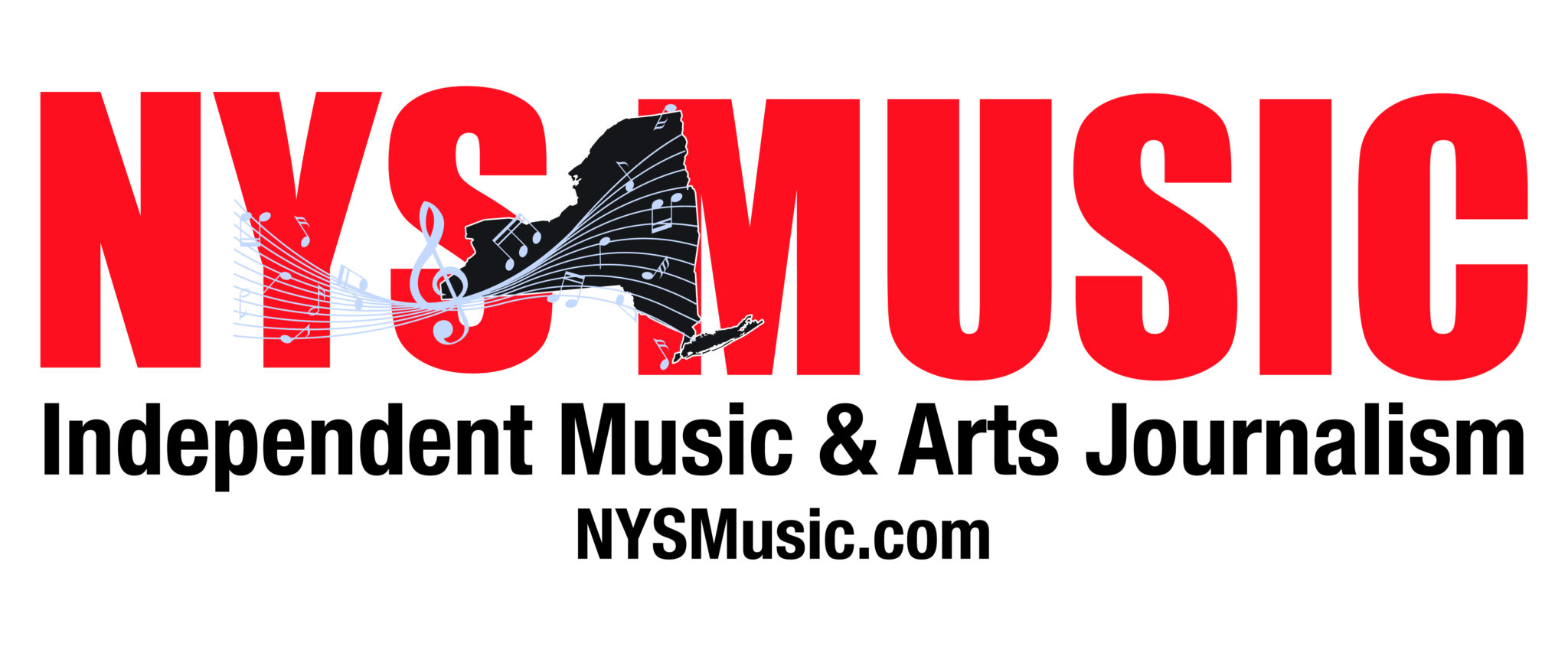

Comments are closed.